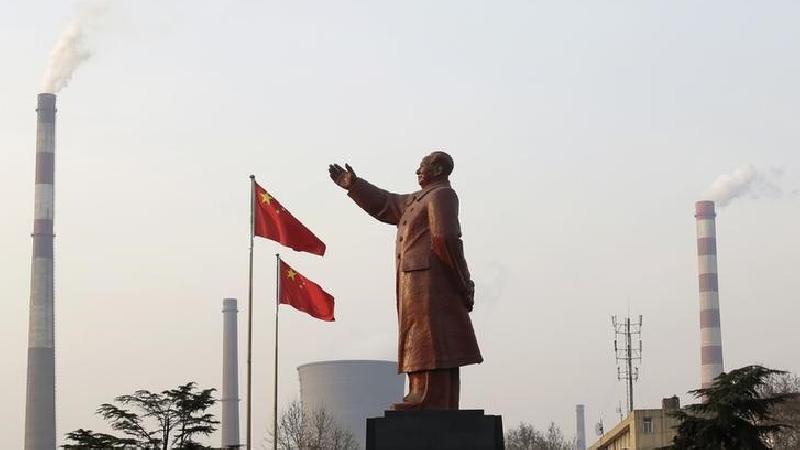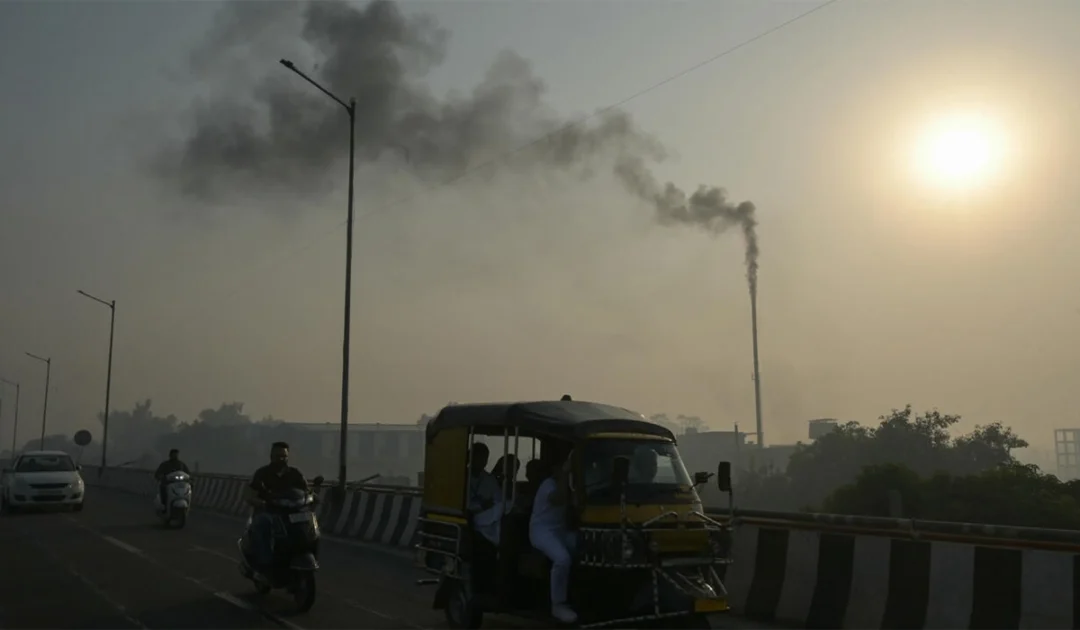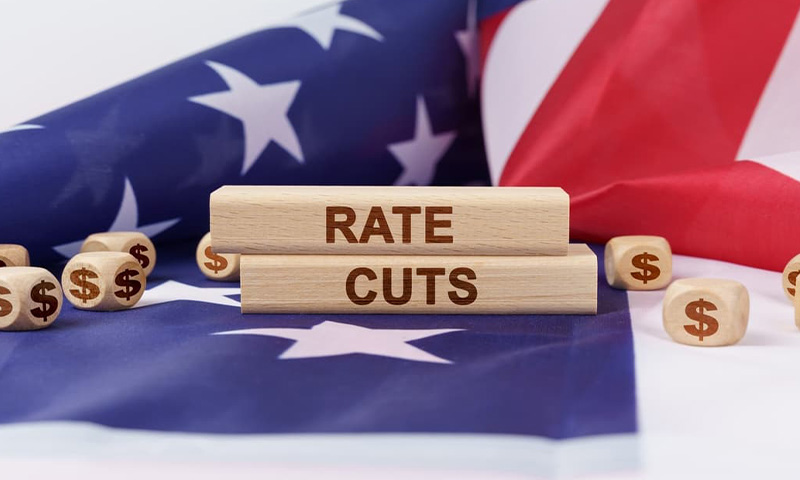- AFP
- Today
China Is lending billions to countries in financial trouble
-
- Web Desk
- Nov 08, 2023

After lending $1.3 trillion to developing countries, mainly for big-ticket infrastructure projects, China has shifted its focus to bailing out many of those same countries from piles of debt, New York Times reported on Tuesday.
The initial loans were mostly part of the Belt and Road Initiative, which Xi Jinping, China’s top leader, started in 2013 to build stronger transportation, communications and political links in more than 150 countries.
But now the two main Chinese state banks that provided most of the infrastructure loans have reduced their new lending. Rescue loans climbed to 58 percent of China’s lending to low- and middle-income countries in 2021 from 5 percent in 2013, according to a new report from AidData, a research institute at William and Mary, a university in Williamsburg, Va., that compiles comprehensive information about Chinese development financing.
Private schools rethink China future after flunking growth test
“Beijing is navigating an unfamiliar and uncomfortable role — as the world’s largest official debt collector,” the institute wrote.
While the Belt and Road Initiative bought geopolitical clout for Beijing and helped finance economically useful projects, Chinese loans were also used to build expensive projects that have not spurred economic growth and have loaded countries with debt they are now unable to repay.
Much of the recent lending by Beijing consists of loans from China’s central bank to the central banks of countries that took out Belt and Road Initiative loans. Another large and growing chunk is from state-controlled Chinese commercial banks, working in conjunction with groups of Western banks.
Unpaid debts to China are part of billions owed by developing countries to other nations, to the International Monetary Fund (IMF) and to private lenders. Unsustainable debt has been a longstanding problem for poorer nations. But recent economic shocks caused by the Covid pandemic have made the current cycle especially acute.
China is shifting the focus of its lending as the United States seeks to match China’s early success in establishing strong ties to developing countries.
The United States International Development Finance Corporation, created by the Trump administration and Congress in response to the Belt and Road Initiative, plans to announce this week a $125 million loan for shipyard modernisation in Greece and up to $553 million in lending for port expansion in Sri Lanka, said American officials with a detailed knowledge of the plans, who were not authorized to speak publicly about the loans before they were announced.
China’s early, rapid expansion of the Belt and Road Initiative alarmed US officials, who saw the program as eroding American influence. The Trump administration and Congress merged and expanded two agencies in 2018 to create the development finance corporation. The agency provided $9.3 billion in project financing in the 12 months that ended on September. 30, up from $7.4 billion the previous year.
Between 2014 and 2017, AidData found, China was providing nearly three times as much development financing as the United States. But by 2021, China was outspending the United States by only 30 percent.
Sri Lanka was the site of one of the most politically charged Chinese infrastructure projects: the construction of a $1.1 billion port in Hambantota, a town about 130 miles southeast of Colombo that was the political base of Mahinda Rajapaksa, who was then Sri Lanka’s president. The port attracted little traffic. When the project was unable to pay its debts, Chinese entities got a 99-year lease for the port and 15,000 acres of land around it. (The American loan for up to $553 million would be for expansion of the busy port in Colombo, Sri Lanka’s capital and main city.)
AidData calculated that China had lent $1.3 trillion since 2000, almost all to Belt and Road Initiative countries. China provided the money almost entirely as loans, not grants, and the loans tended to be at adjustable interest rates. As global interest rates have soared for the past two years, poor countries have found themselves owing far higher payments to Beijing than they expected.
Pakistan seeks support from friendly nations amidst IMF talks
The institute’s new report found that China’s average rescue loan package in recent years to countries already heavily in debt to China was $965 million. By comparison, countries that did not owe much to Chinese creditors received average rescue loans of $26 million, AidData found.
The International Monetary Fund extends more money in rescue loans each year than China, although the gap has been closing. Beijing increasingly finds itself at odds with the IMF and other creditors over who accepts losses when relieving debt pressure on developing countries.
Reza Baqir, a former IMF official who became the governor of Pakistan’s central bank until 2022, said at the forum in Guangzhou that China’s financial rescues should not be seen as competition for the IMF. “I see it very much as complementary, rather than a trade-off of going to the IMF,” he said.





